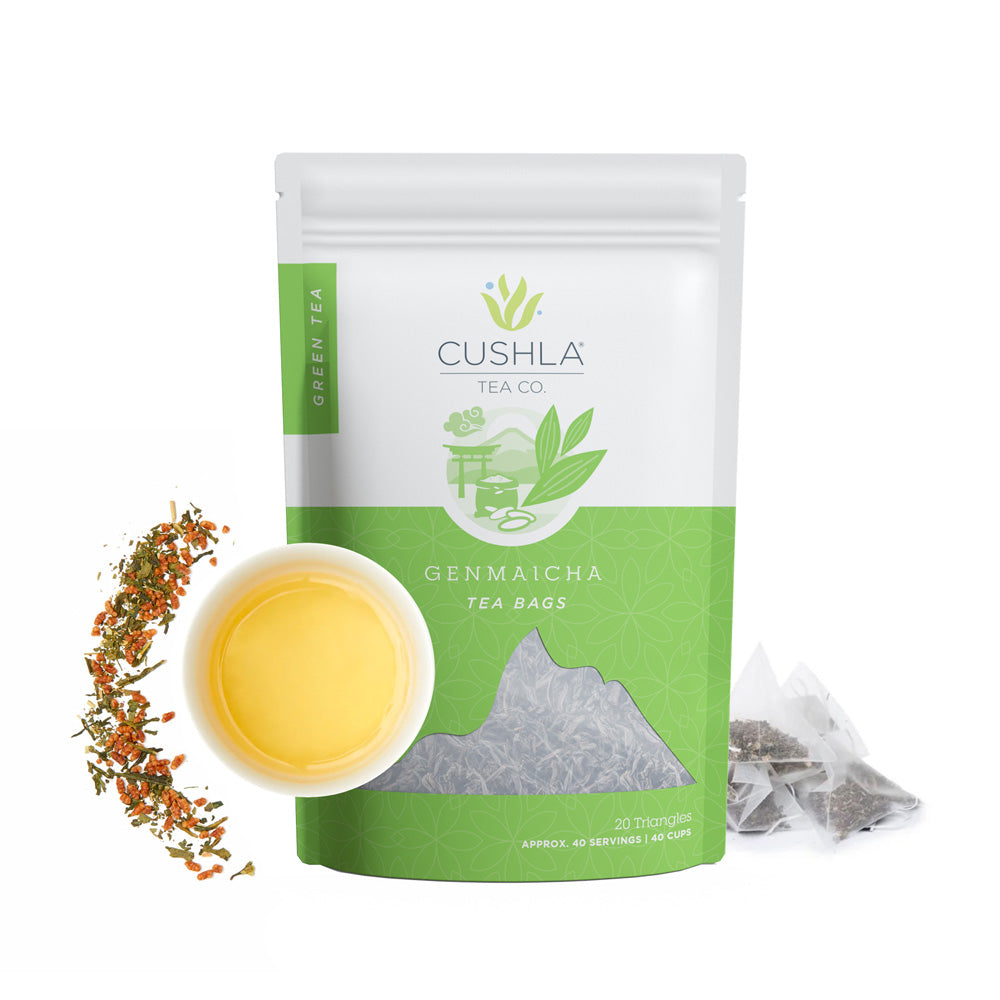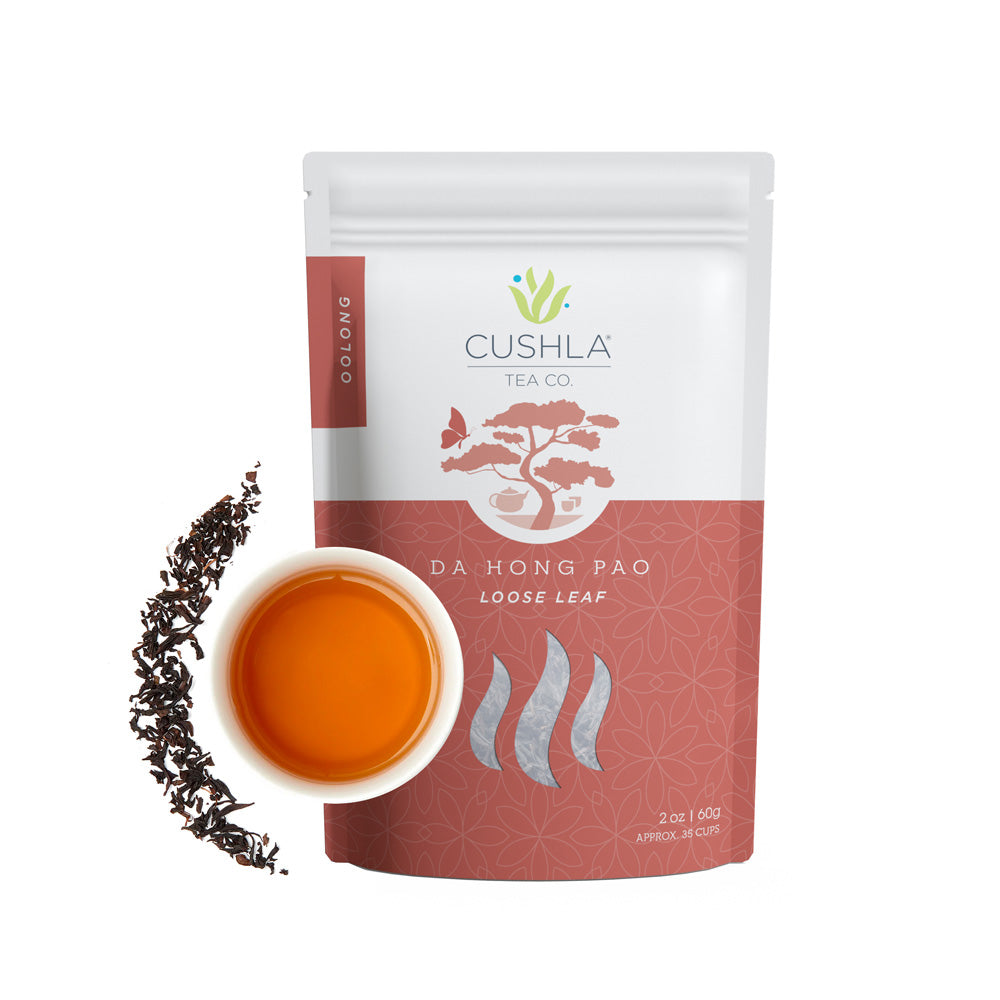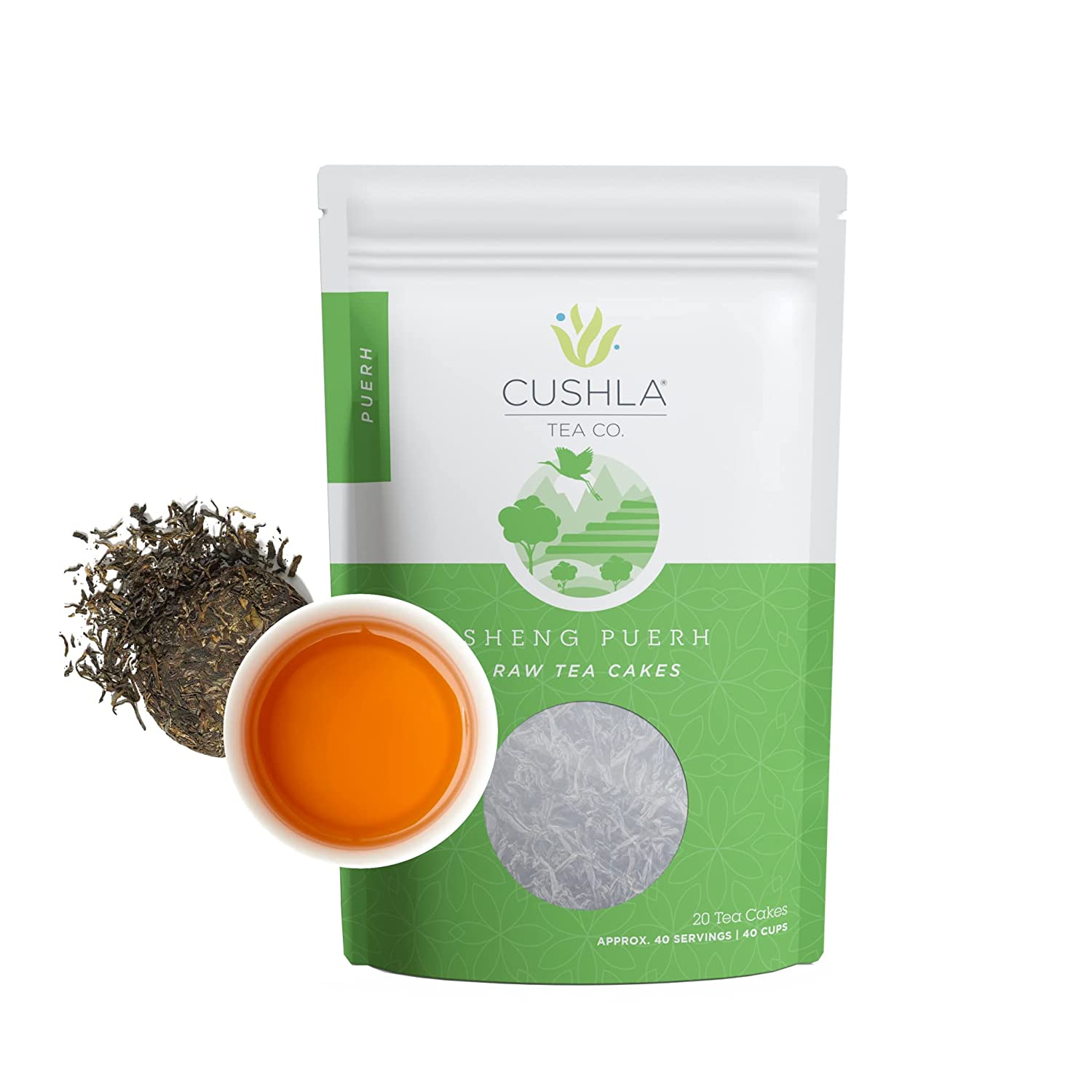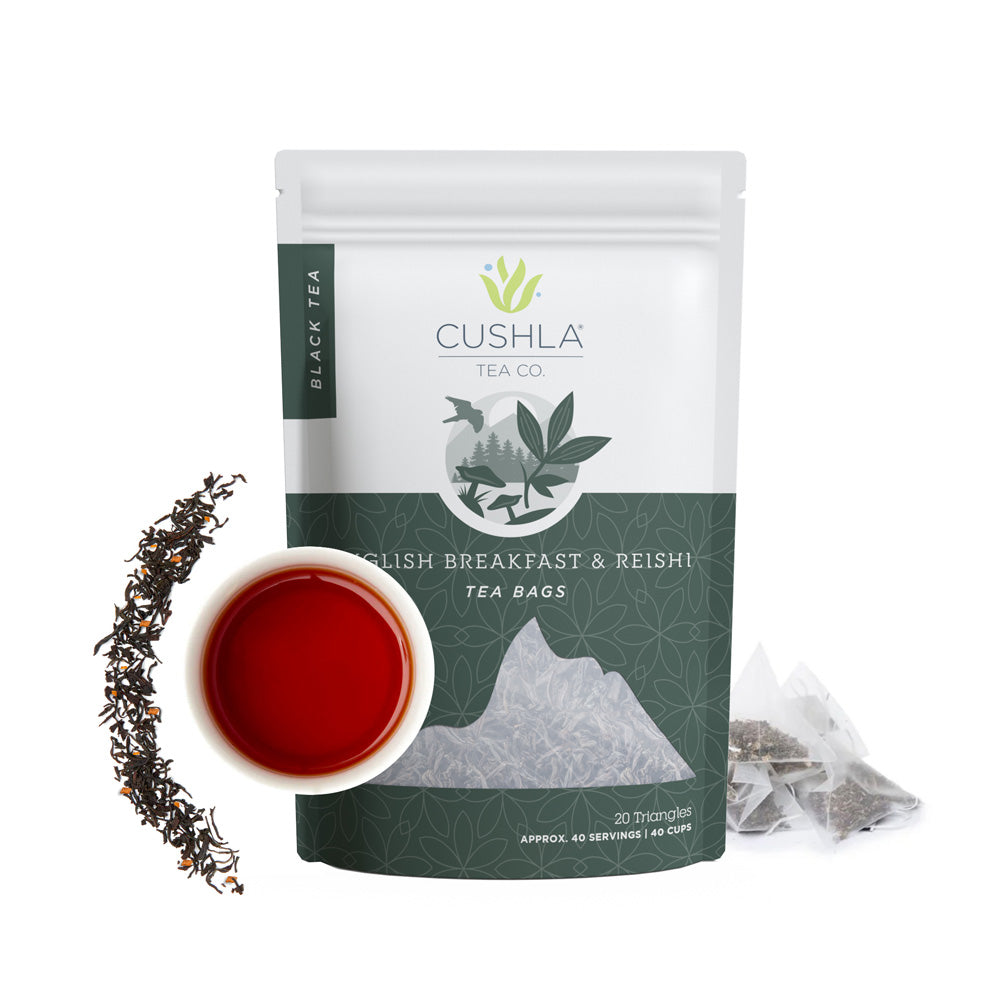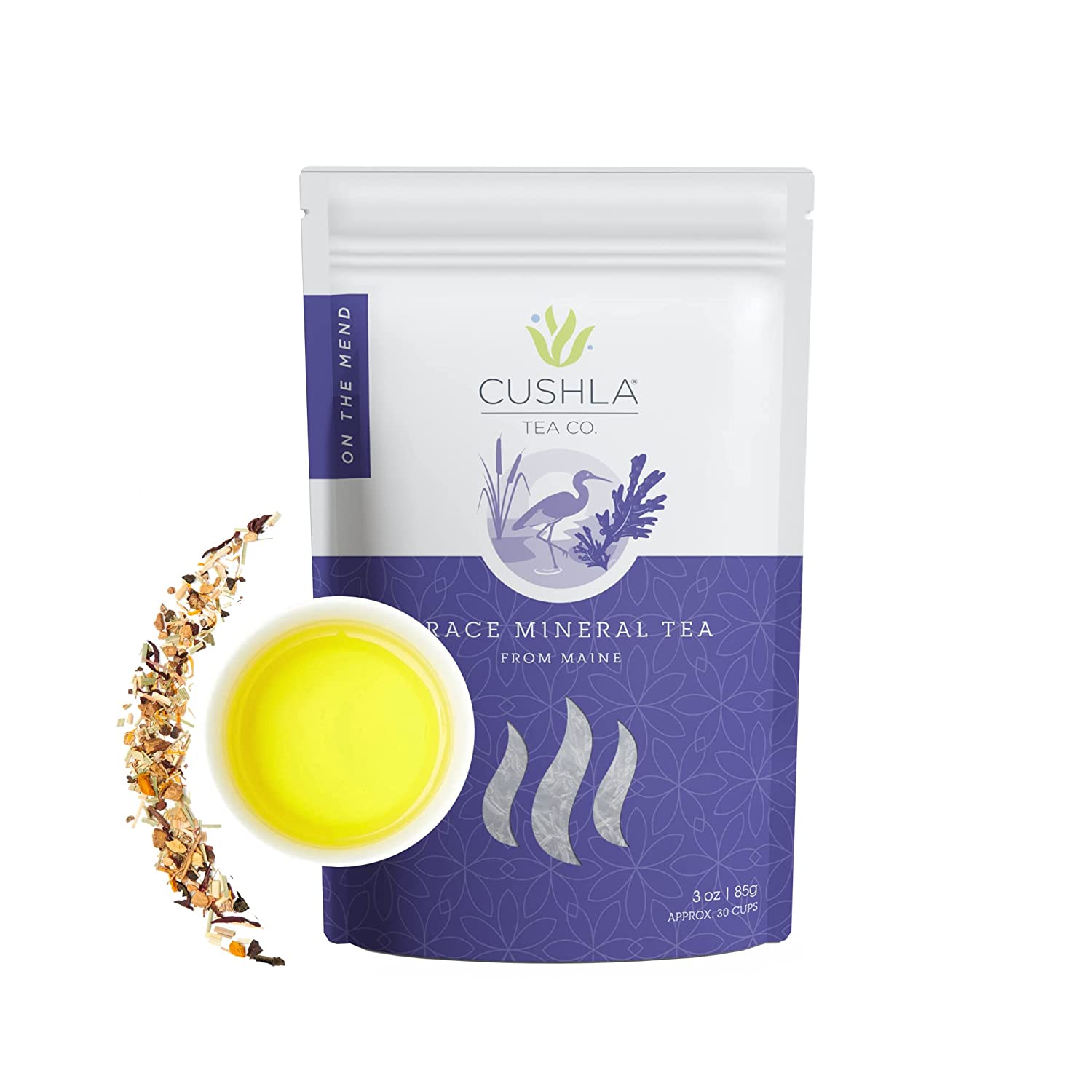Let's explore high tea and afternoon tea, the difference in their origins, timing, food, and cultural meaning. If you’ve ever been invited to a tea party and wondered what exactly "high tea" or "afternoon tea" means, you're not alone. Many people use the terms interchangeably, but they actually refer to two very different traditions.
A Brief History of Tea Traditions
The ritual of drinking tea in England dates back to the 17th century, but it wasn't until the 1800s that more formal tea traditions took shape. Afternoon tea is often credited to Anna, the Duchess of Bedford, who felt a bit peckish in the long hours between lunch and dinner. She began taking tea with light snacks in the afternoon and soon started inviting friends to join her. Thus, afternoon tea became a fashionable social event among the upper class.
High tea, on the other hand, developed among the working class. It was a heartier evening meal that combined tea with filling foods after a long day of labor. Despite the name, high tea and afternoon tea - the difference is about much more than just the time of day.
Timing: When Each Tea is Served
One of the easiest ways to distinguish the two is by their timing:
- Afternoon Tea is traditionally served between 2:00 PM and 4:00 PM.
- High Tea is typically served around 5:00 PM to 7:00 PM.
Afternoon tea is often a light, elegant experience, while high tea is closer to a full dinner with tea included.
The Food: Light Bites vs. Hearty Meals - 10 Things You Need
When discussing high tea and afternoon tea, the difference becomes especially clear in the menu.
Afternoon Tea Menu Includes:
- Finger sandwiches (like cucumber, smoked salmon, or egg salad)
- Scones with clotted cream and jam
- Pastries and delicate desserts
- A pot of tea (often Earl Grey or Darjeeling)
It’s more of a treat or social snack than a meal.
High Tea Menu Includes:
- Meat pies, sausages, or cold cuts
- Hearty breads and butter
- Vegetables or baked beans
- Cakes or bread pudding
- Strong black tea
High tea was meant to be filling and functional, not fancy.
The Name: Why “High” Doesn’t Mean Fancy
One of the biggest misconceptions is that “high tea” sounds fancier than afternoon tea—but it’s actually the opposite. The term “high” refers to the high dinner table at which it was served (as opposed to low, comfortable drawing-room tables used for afternoon tea). High tea was more of a practical meal for workers, not an elegant social event.
So if you’re wondering about high tea and afternoon tea, the difference in class and purpose plays a big role. Afternoon tea was often for socializing among the wealthy, while high tea was nourishment after a hard day’s work.
Today’s Tea Experience
In modern times, many hotels and tea rooms offer "high tea" as a luxury experience—often blending the elegance of afternoon tea with a more robust menu. So don’t be surprised if a high tea reservation includes scones and pastries rather than meat pies. Marketing has blurred the lines, but knowing the tradition behind each can help you choose the right experience.
Final Thoughts
When it comes to high tea and afternoon tea, the difference lies in more than just food or timing—it’s rooted in history, culture, and class. Whether you're planning your own tea gathering or booking one at a local tearoom, understanding the tradition helps you set the right mood and menu.
If you're hosting a tea-themed event, consider which tradition suits your guests best—and don’t forget the teacups, tiered trays, and a good pot of tea!


